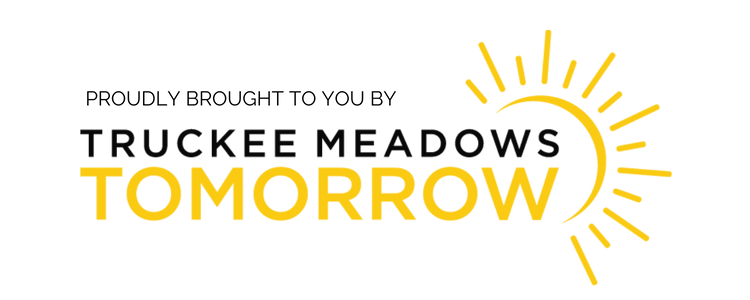Indicator Gauge Icon Legend
Legend Colors
Red is bad, green is good, blue is not statistically different/neutral.
Compared to Distribution
 the value is in the best half of communities.
the value is in the best half of communities.
 the value is in the 2nd worst quarter of communities.
the value is in the 2nd worst quarter of communities.
 the value is in the worst quarter of communities.
the value is in the worst quarter of communities.
Compared to Target
 meets target;
meets target;  does not meet target.
does not meet target.
Compared to a Single Value
 lower than the comparison value;
lower than the comparison value;
 higher than the comparison value;
higher than the comparison value;
 not statistically different from comparison value.
not statistically different from comparison value.
Trend

 non-significant change over time;
non-significant change over time; 
 significant change over time;
significant change over time;  no change over time.
no change over time.
Compared to Prior Value
 higher than the previous measurement period;
higher than the previous measurement period;
 lower than the previous measurement period;
lower than the previous measurement period;
 no statistically different change from previous measurement period.
no statistically different change from previous measurement period.
 Significantly better than the overall value
Significantly better than the overall value
 Significantly worse than the overall value
Significantly worse than the overall value
 No significant difference with the overall value
No significant difference with the overall value
 No data on significance available
No data on significance available
Unemployment Rate
This indicator is archived and is no longer being updated. Click to learn more
Total unemployed as a percentage of the civilian labor force age 16 or older. This is the the official unemployment rate (U3) by the LAUS (Local Area Unemployment Statistics) program. Annual average estimates are calculated from the not seasonally adjusted data series.
Why is this important?
The LAUS (Local Area Unemployment Statistics) program produces monthly and annual labor force data (employment and unemployment rates) for census regions and divisions, states, counties, metropolitan areas, and many cities larger than 25,000, by place of residence. The reported monthly employment and unemployment numbers are typically seasonally adjusted data for use when comparing several months of data. Annual average estimates are calculated from the not seasonally adjusted data series.
LAUS data are used for planning and budgetary purposes, determining employment and training program needs, allocating federal funds under the Workforce Innovation and Opportunity Act (WIOA) and the Federal Emergency Management Agency (FEMA), and identifying labor surplus areas, which receive preference in the awarding of federal procurement contracts.
Measurement period: 2022
Maintained by: Truckee Meadows Tomorrow
Last update: July 2023
Graph Selections
Data Source
- Nevada Department of Employment, Training & Rehabilitation, Research & Analysis Bureau
Maintained By: Truckee Meadows Tomorrow
Filed under: Economy / Employment, Economy / Economic Climate, Workforce


